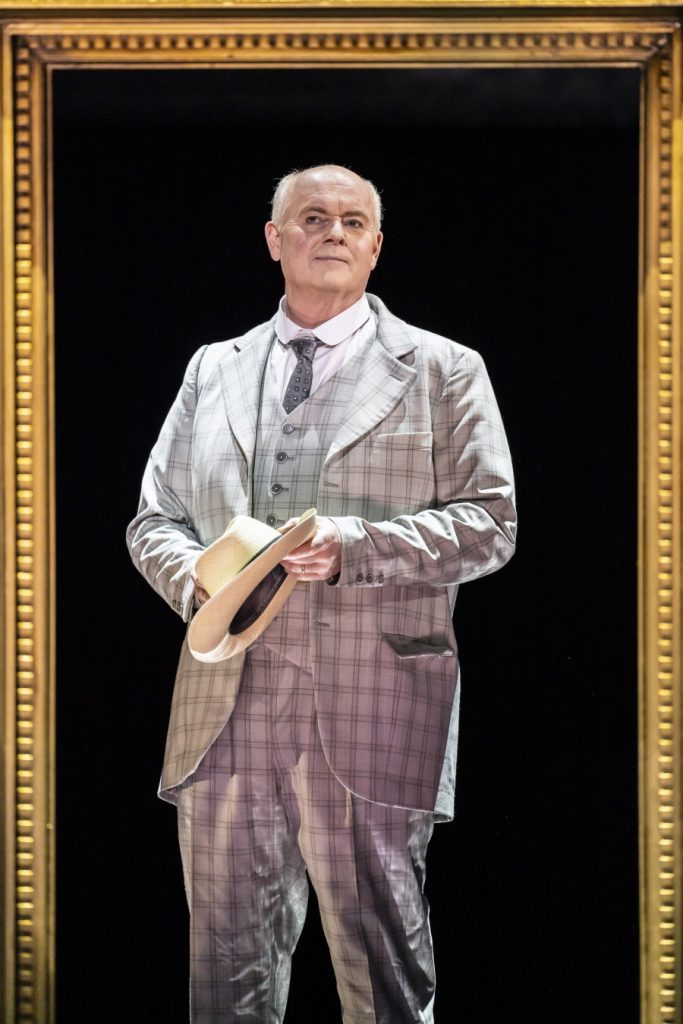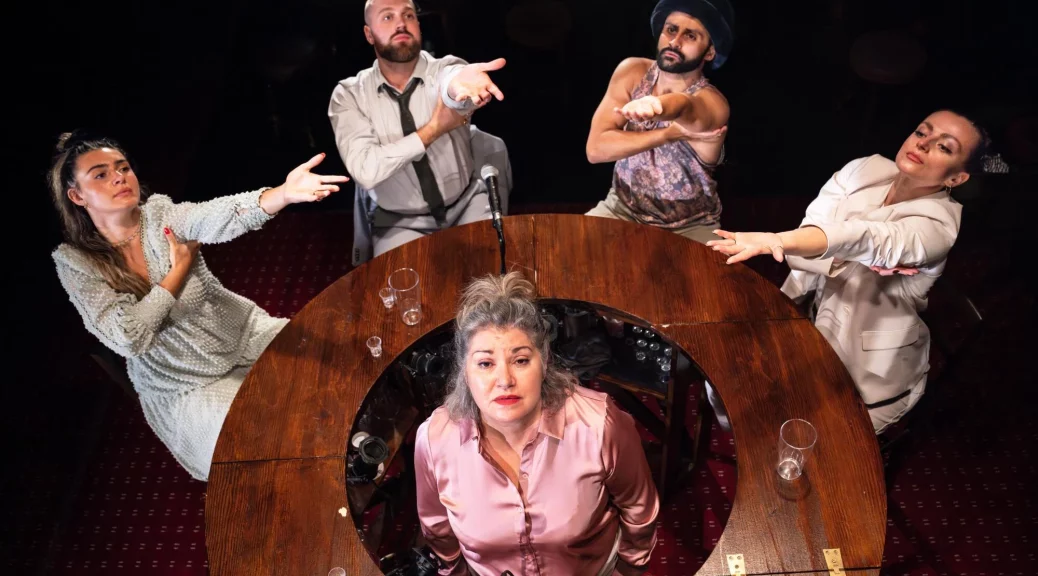
Requiem (Cysewski) Immerses us labyrinth of hospital curtains (Brown), and a tinnitus-like soundscape of voices, tones, and reverberating melodies (Orgon). We are led through a constantly shifting space by six performers (Cicolani, Clark, Fedorovykh, Relf, Rust, Tadd) and dynamic lighting (Moore). The proximity of this promenade performance reminds us of our (in)action as we witness abstracted fragments of care, hope, and despair.
Movement, and spoken words occur throughout the space, at times forcing us to make a choice of who, or what to observe. Do we leave someone alone without care? or follow caregivers as they navigate the needs of others and themselves.
The spoken text offers limited insights into the lived experiences of people with learning disabilities under NHS care. Instead we are invited to meditate on touch as a medium for communicating needs, and observe its failure to be understood in tender, emotional vignettes.
Requiem drifts between highlighting the general reduced life expectancy, and the impact of COVID of people with learning disabilities and/or autism. The lack of distinction serves the audience well, allowing us to reflect on our memories and experiences of COVID.
Data on mortality rates is repeated throughout the performance, sometimes spoken aloud, other times whispered into individual audience members’ ears. Both publicly, and personally we are given no room to escape the information, and experiences being shared with us. Each moment is a requiem for those who have died, especially the lives that have been lost early, and avoidably (42%).
Cysewski, and Harris reference data from Learning from Lives and Deaths (LeDeR) in the performance text, and promotional materials. Whilst a knowledge of this research is not essential to understanding Requiem , it grounds the abstracted narrative in an ongoing call for action and change. But it is here that I question the decision to partially excise information on gender differences, and fully omit ethnicity differences from the performance text (and casting). A requiem for the disabled should honour the intersections of identities.
Outside of the Unity festival we see too little inclusive dance work from professional companies in Wales. I hope in the future we will see more, and performances that have disabled people in senior creative roles.
Requiem
Chapter, Cardiff
5th July 2024
Choreographer: Karol Cysewski
Designer: Ruby Brown
Lighting Designer: Sophie Erin Moore
Sound Designer: Sion Orgon
Dramaturg / Additional Text: Simon Harris
Producer: Simon Harris
Performers: Gaia Cicolani, Gareth Clark, Kseniia Fedorovykh, Aaron Relf, Harlan Rust, Andrew Tadd

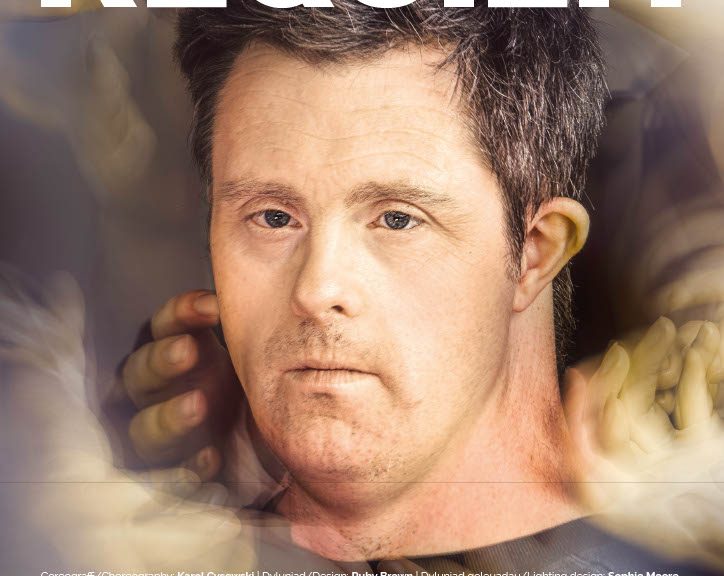


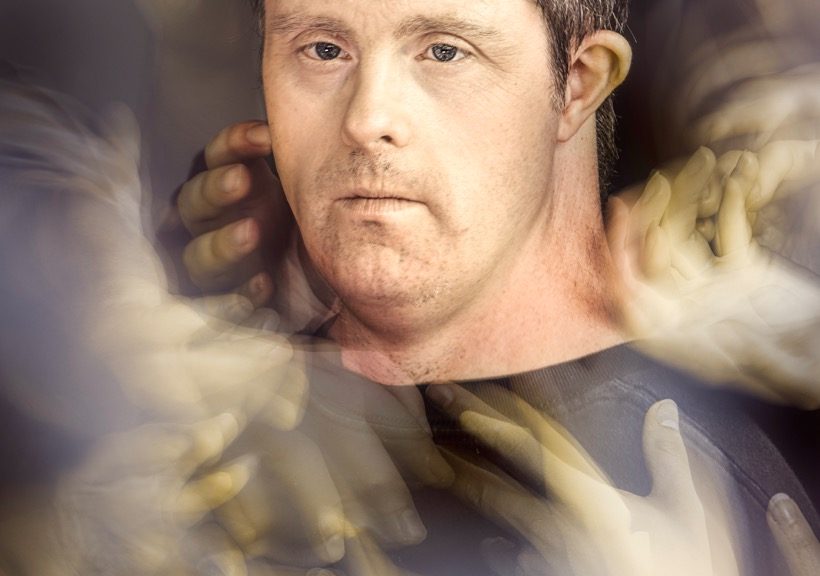
 (4.5 / 5)
(4.5 / 5)
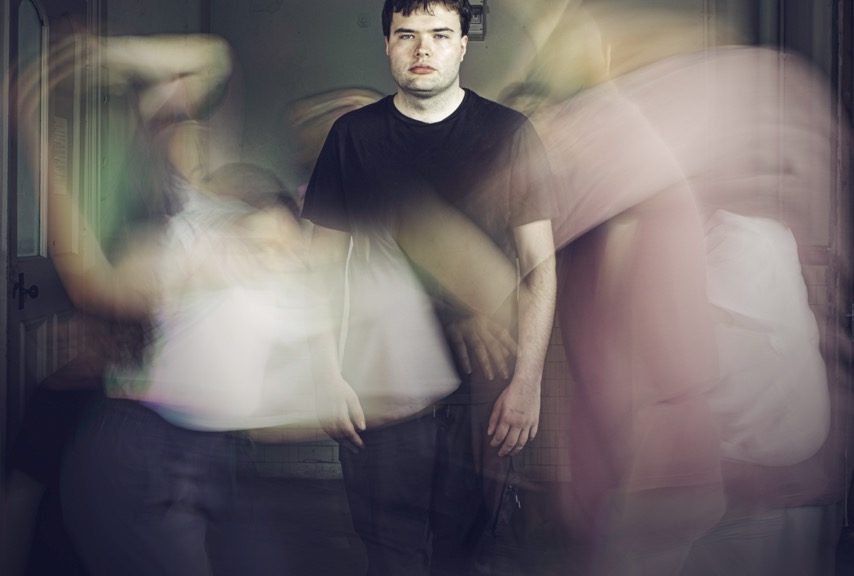
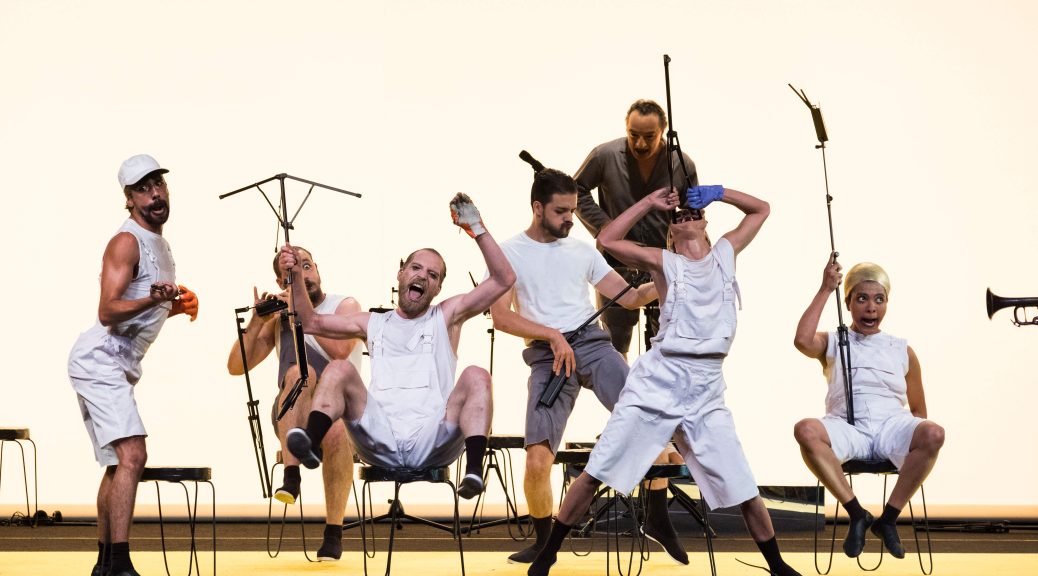
 (4 / 5)
(4 / 5)
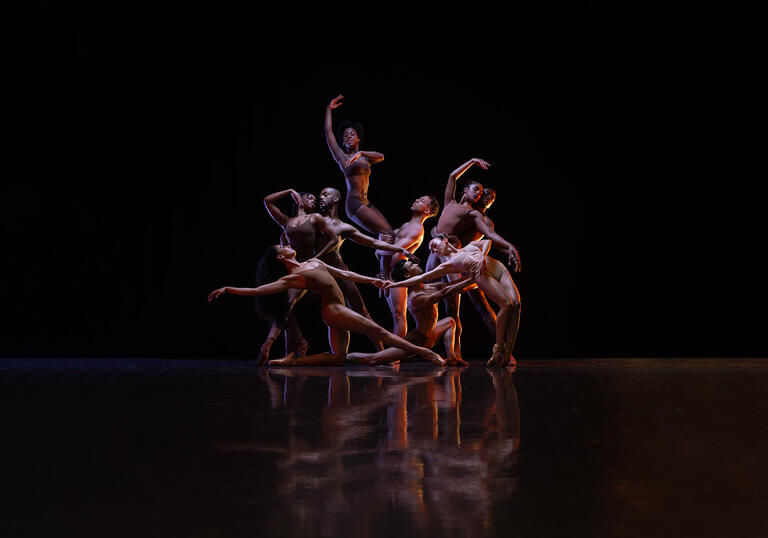



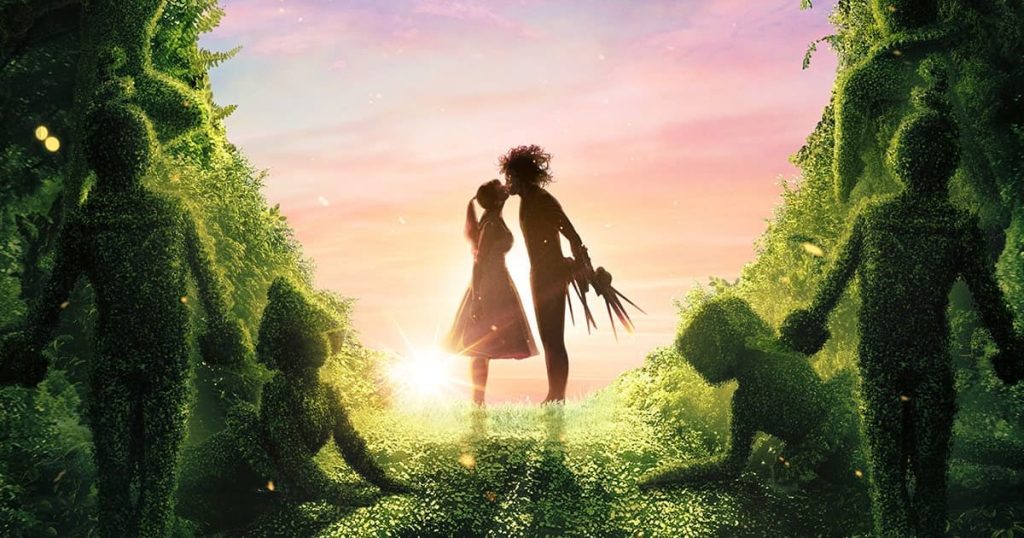

 (5 / 5)
(5 / 5)